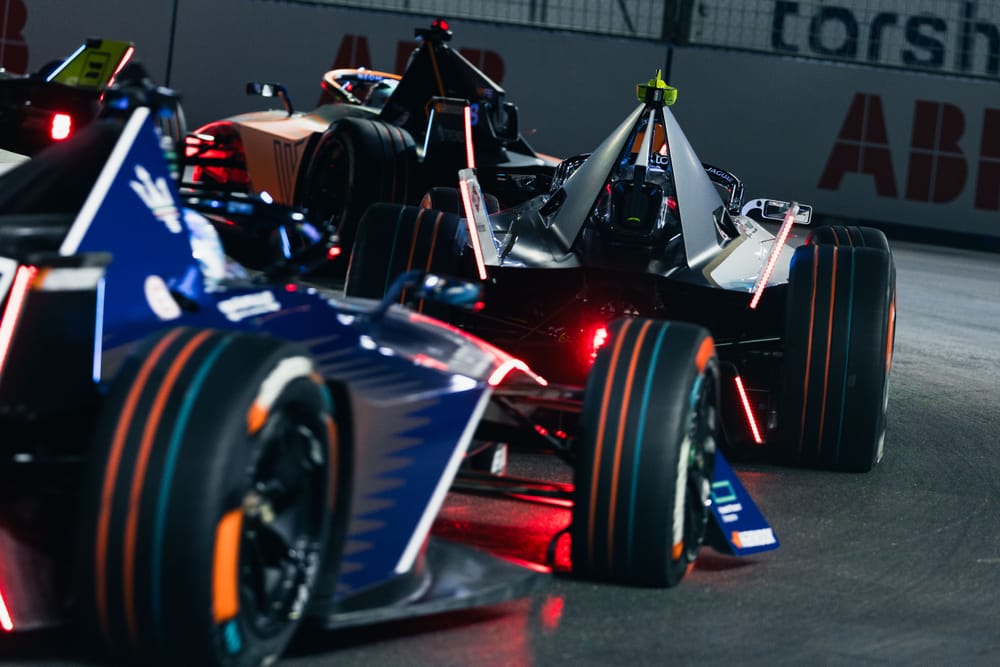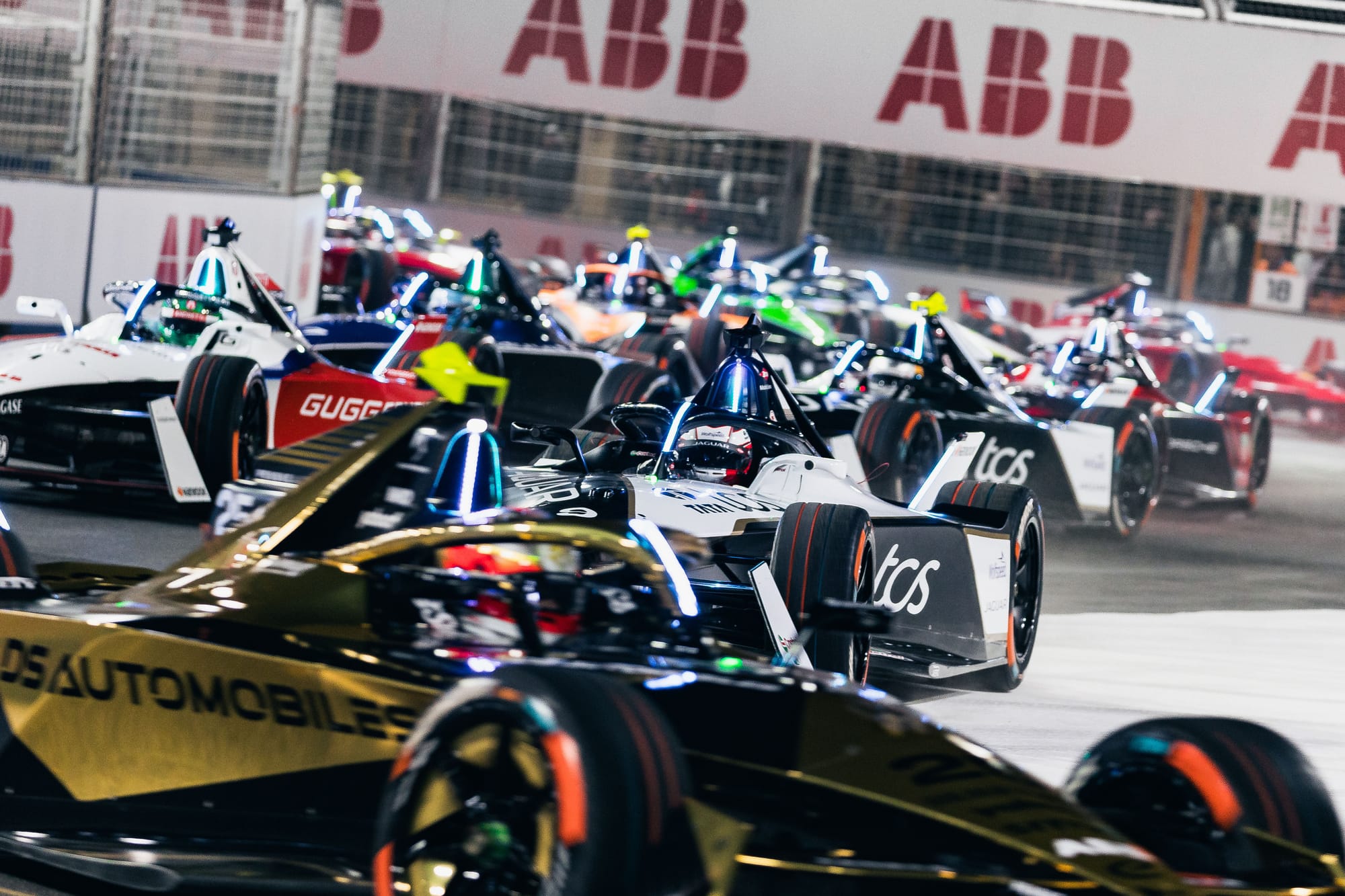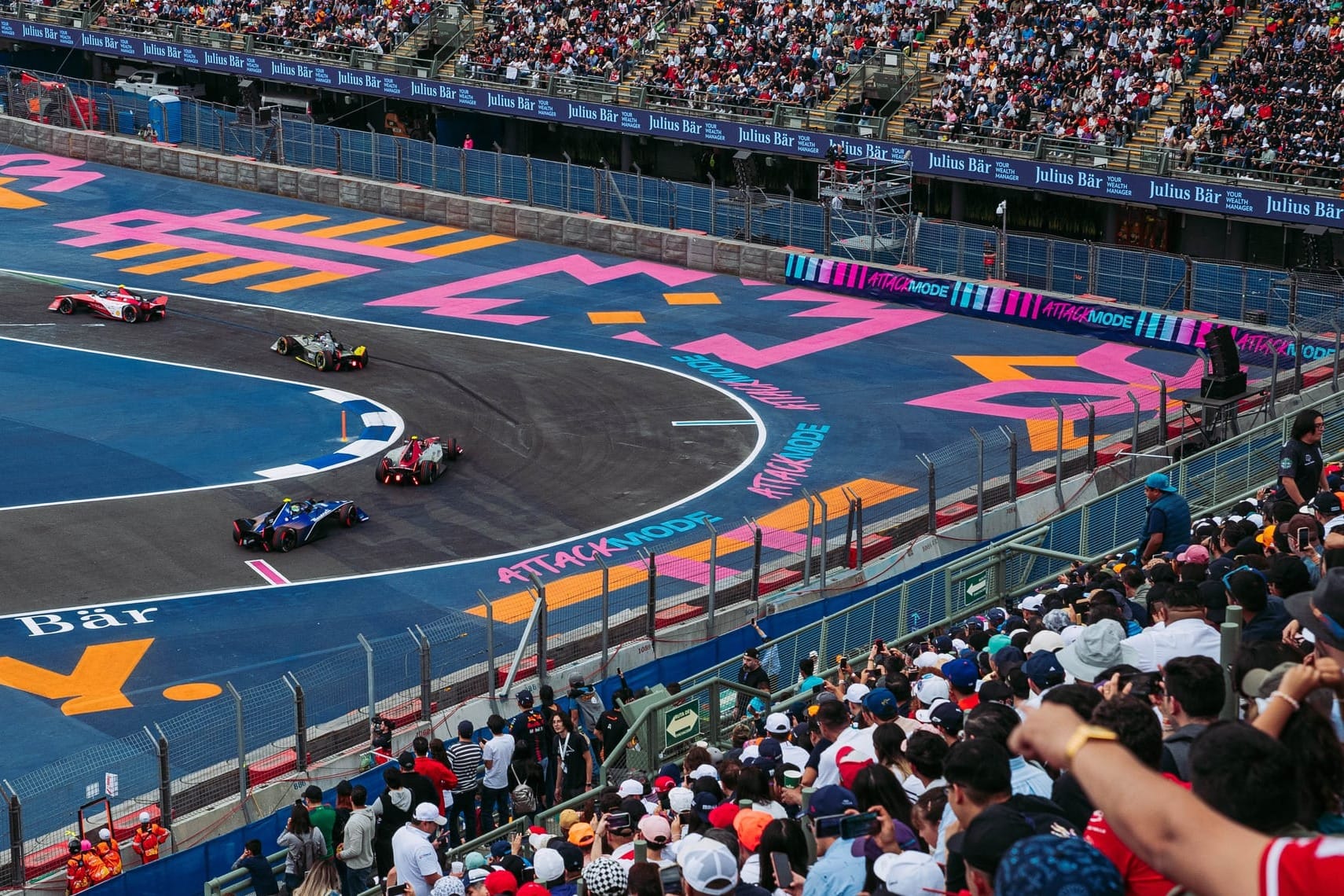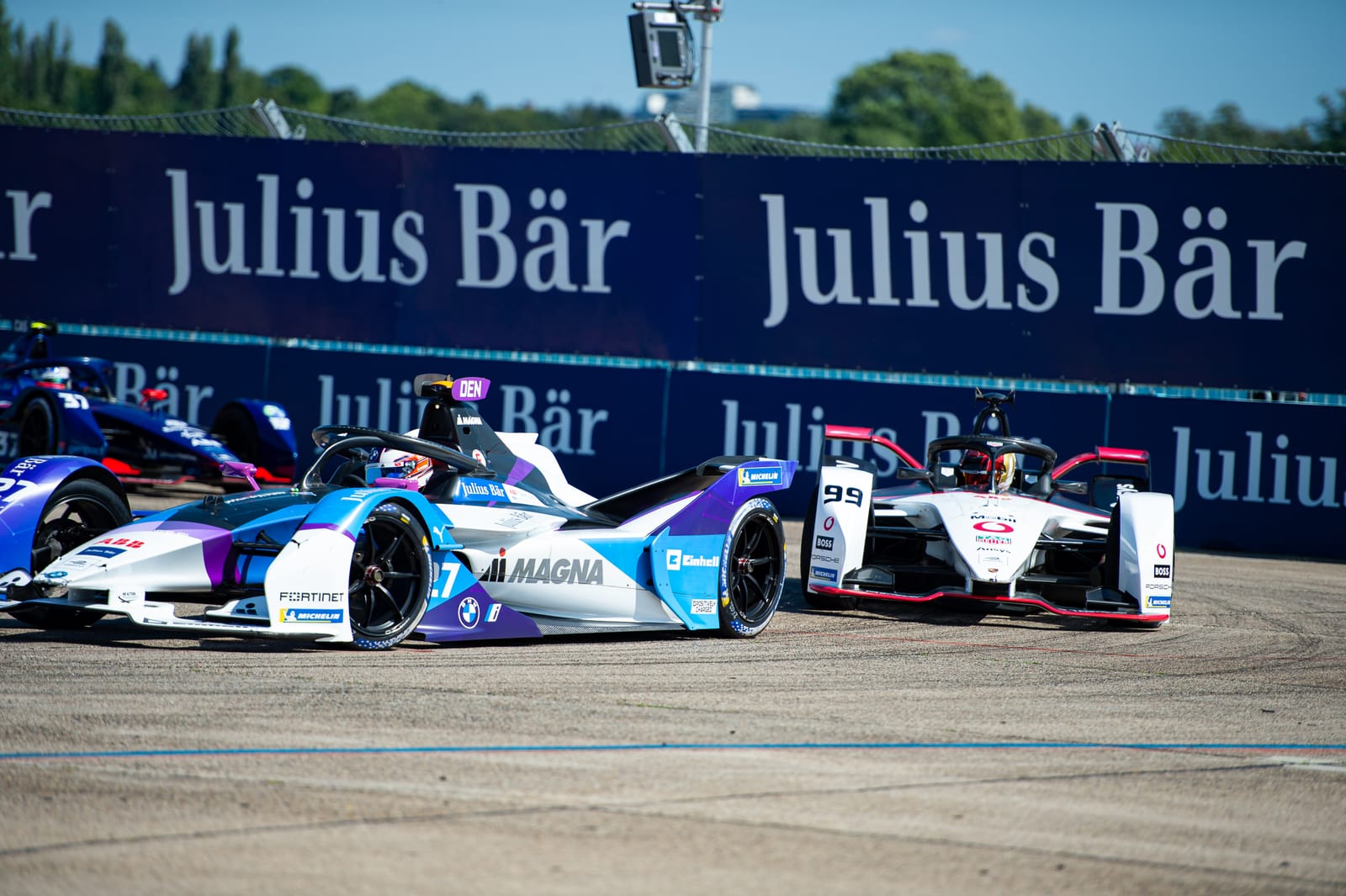Formula E has been trying to get a race in Tokyo for almost a decade now.
In just seven weeks’ time, what was once said to be an impossibility - racing on the streets of the world’s biggest city - will become a reality.
It’s been a hard slog to make it happen. A first demonstration run on the streets took place in 2016. Now eight years later the first ever international motorsport event on Tokyo’s streets will take place offering what has been described to The Race as “a spectacular challenge” with “exceptional backdrops of the city”.
The buzz in the paddock has been vibrating since the Mexico City season opener last month. Not least because the all too familiar tale of woe over a late race cancellation - this year it's Hyderabad - has repeated a regular and depressing Formula E calendar topic.
But the good news story of the Tokyo E-Prix is considerable. In fact, the inaugural race, scheduled for March 30, is a bit more than that. It’s got a very strong claim to being the most important race in the championship’s entire history.
Here’s why.
Years in the making
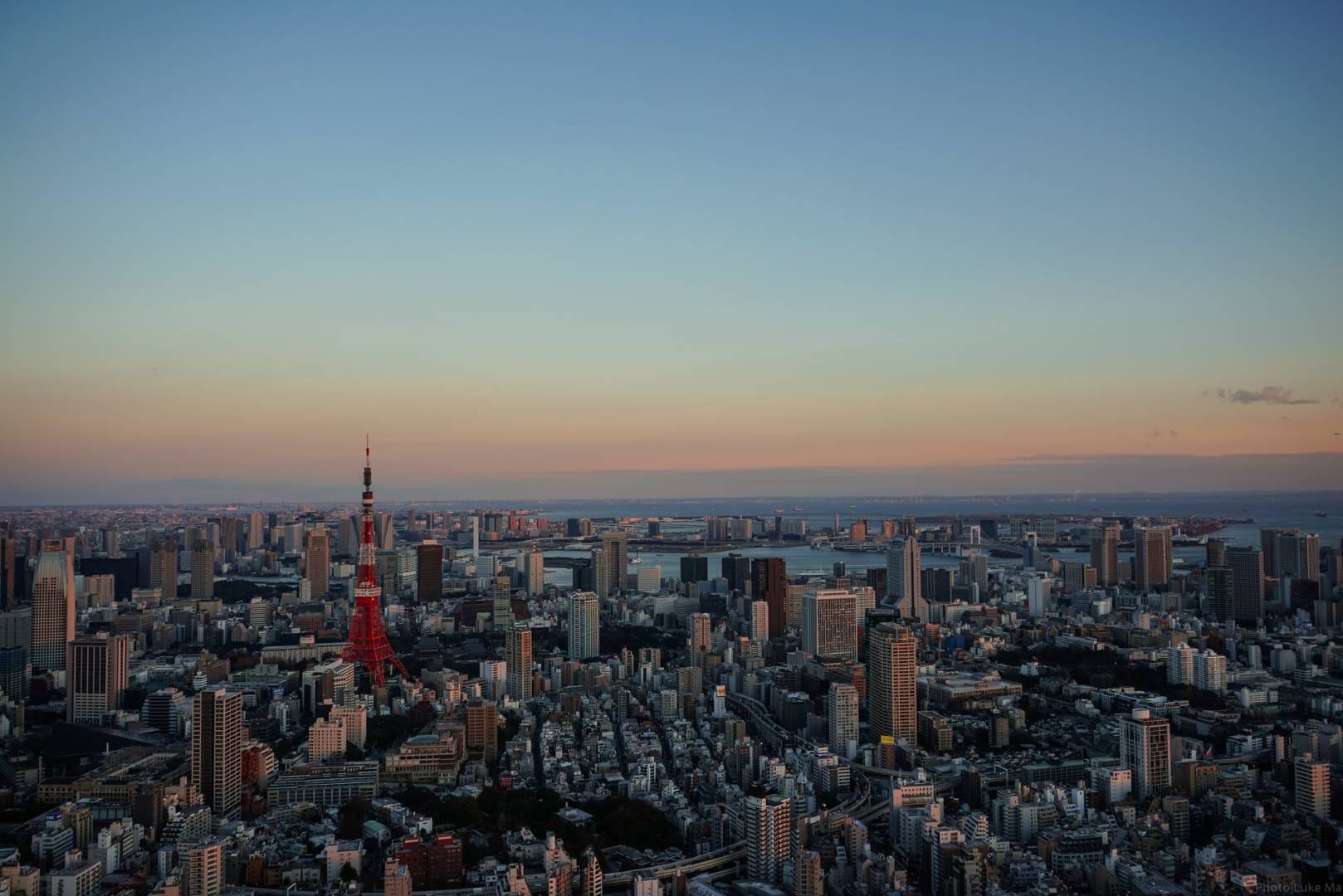
The process of getting the Tokyo E-Prix on was accelerated when present Tokyo governor, Yuriko Koike, took up office in 2016.
That coincided with the Ecology Mobility Fair in the business district of Marunouchi, so Lucas di Grassi giving a Formula E car a blast in and around that area made a whole lot of sense. Off the back of that some tentative discussions started to take place but the infamously conservative bureaucracy of the Tokyo Metropolitan Government made it clear that it was going to be a slow burner in terms of getting any possible deal done.
When the COVID pandemic hit in 2020 and the Tokyo Olympic games was delayed and went into freefall from a cost perspective it felt like a race on the city streets was as far away as ever.
But secretly Formula E was making strong progress with the TMG and by June 2023 a race was confirmed with a memorandum of understanding signed for a three-season deal starting in 2024.
Koike’s influence is supposed to be direct and her credentials on environmental politics stretch back to the Kyoto Environmental Protocol of 1992 and her subsequent endorsements of the Mottainai, or Mottainai spirit, which is a Japanese phrase conveying a sense of regret over waste. This manifested itself in several initiatives endorsed by Koike, including the use of Furoshiki cloth instead of plastic baggage.
What appears to have swung things in the race's favour was also the confirmation that the E-Prix would be part of a large-scale Zero Emissions Vehicle event, around the site of the race, in the Ariake district of Tokyo.
This is a vital part of the deal for Formula E with a significant number of exhibitors, speakers and guests ready to showcase sustainable mobility in and around the race itself. For the manufacturers involved in Formula E this is vital and one of the key reasons why they were attracted to the championship in the first place: sport, mobility, marketing and exposure in some of the world’s most vibrant and progressive global centres.
The site itself
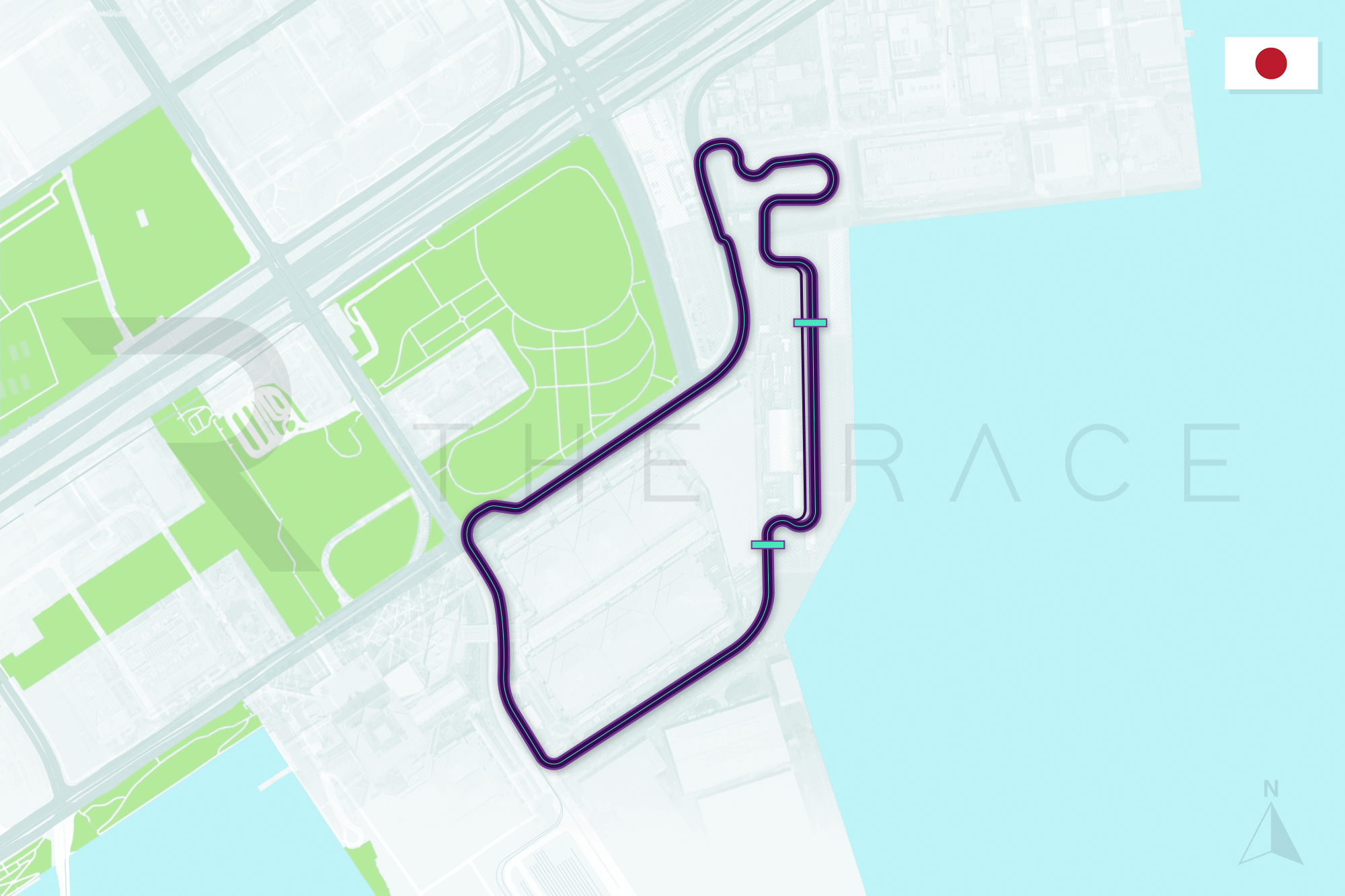
The circuit will be made up of part public and part private perimeter roads in and around the 'Big Sight' exhibition area in Ariake.
The way the project has worked out is that the Formula E's vice president for host cities, Oliver McCrudden and its vice president of operations, Agus Delicado Zomeno identify the areas in cities and then bring in a track designer.
In the case of the Tokyo race that was the Tilke Group, the most renowned of racetrack designers in the world and headed by Hermann Tilke who has been responsible for Sepang, the Shanghai International Circuit, and the Circuit of the Americas among many others.
Working with stakeholders from the Big Sight International Exhibition Center and the Tokyo Metropolitan Government, the committee started to shape the 1.5-mile track before race director Scot Elkins visited the site late last year.
Absolutely integral to the whole event is Gemma Roura, who has been an ever-present on the event management front since Formula E Operations' birth in 2013. She has been in Tokyo on and off since the summer of 2023 ensuring the project runs smoothly.
The actual area is, in McCrudden's words, “quite a heavy industry area down on the dock and its waterfront is very built up”.
“The Big Sight exhibition centre itself is a stunning location and it's almost twice as big as London ExCeL,” he continued.
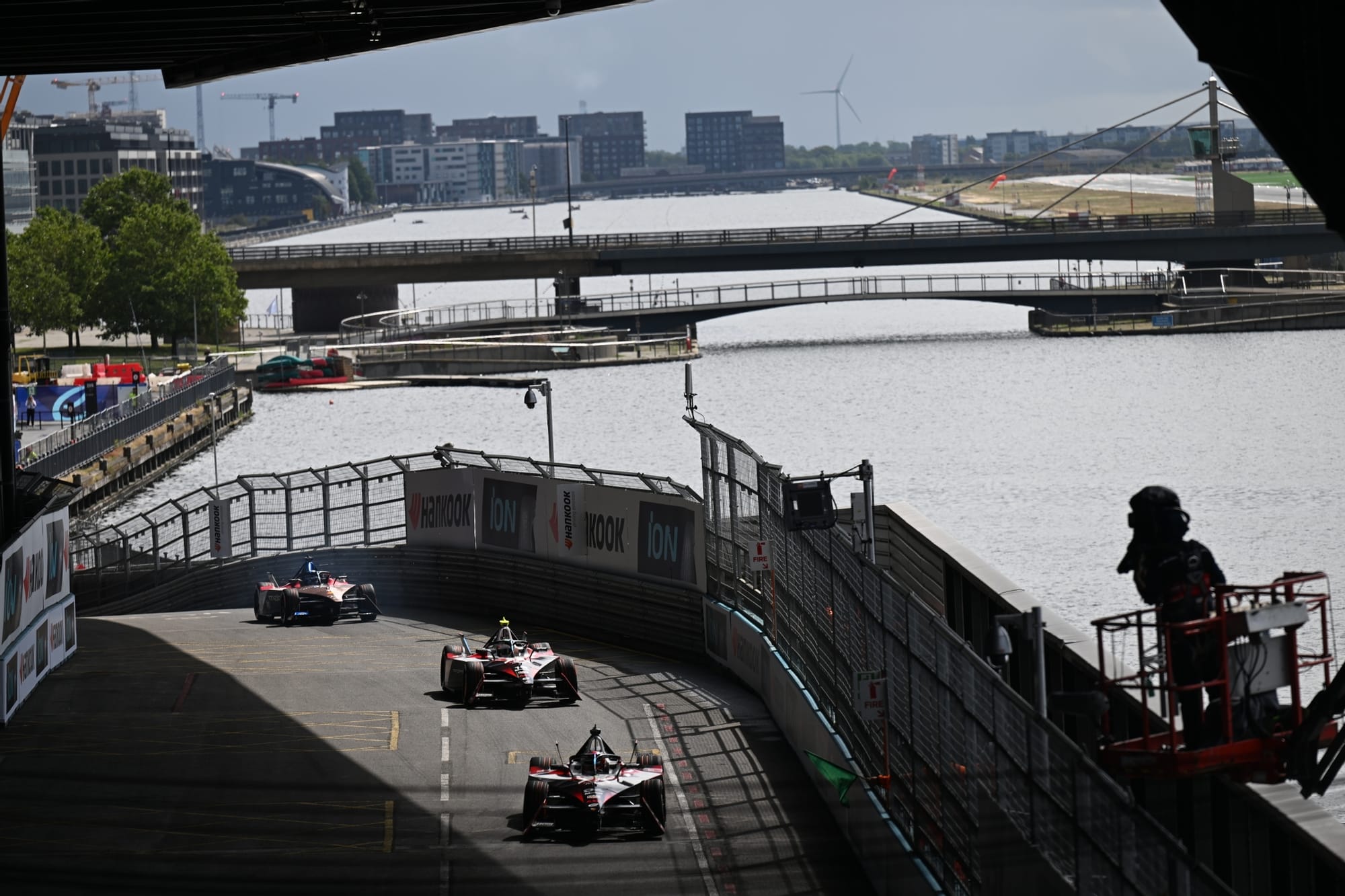
“It gives us a really good backdrop, because you've got the water on one side, you can kind of see back into the city on the other and you've got a monorail effectively running through it.”
That should mean that the TV shots convey “a strong urban feel with Tokyo in the background” and there are “a couple of ramps up and down, not sort of ExCeL type ramps”.
Then there are the sea features! The Big Sight area is on the inner edge of the Bay of Tokyo, which opens out to see the cities of Chiba and Kawasaki facing each other. There is even a sea defence wall on the edge of the circuit, close to the start-finish line, which according to McCrudden will lead to “a lovely sweep from the top end of the track” and “underneath the monorail where it will be pretty fast”.
The sweeping Turn 9 right-hander will also be something to behold as drivers attempt to maintain momentum from the sinuous first sector that then expands into much quicker middle and final sectors which look akin to parts of the spectacular Cape Town E-Prix track from last February.
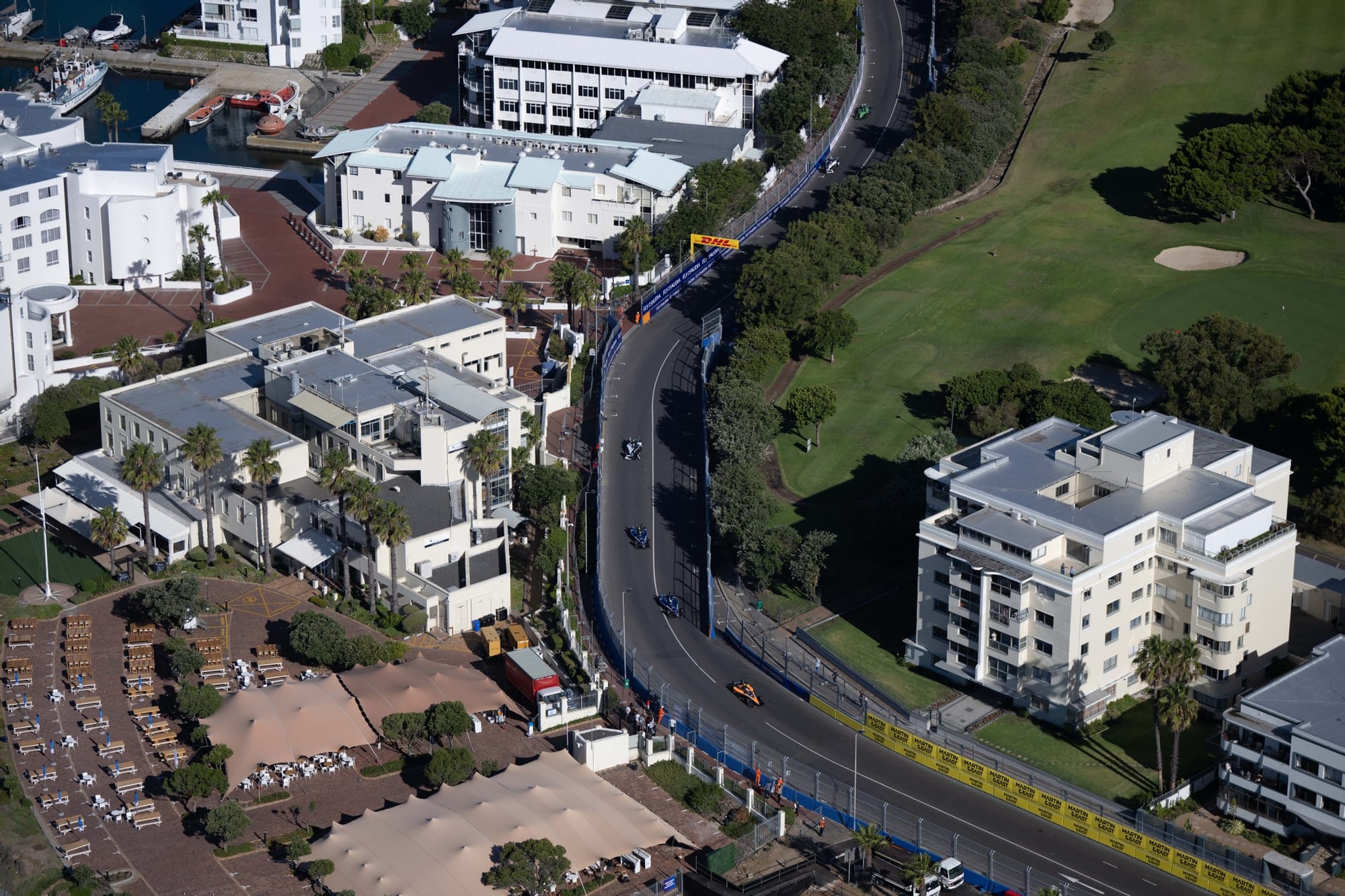
“It's going to be very interesting to see how they all set up through that sector one complex, and then get out onto the flat out section,” says McCrudden.
The track itself is said by McCrudden to be a “really nice surface” and “it’s quite wide, so outbraking somebody into Turn 1 will be possible”.
A night race was considered
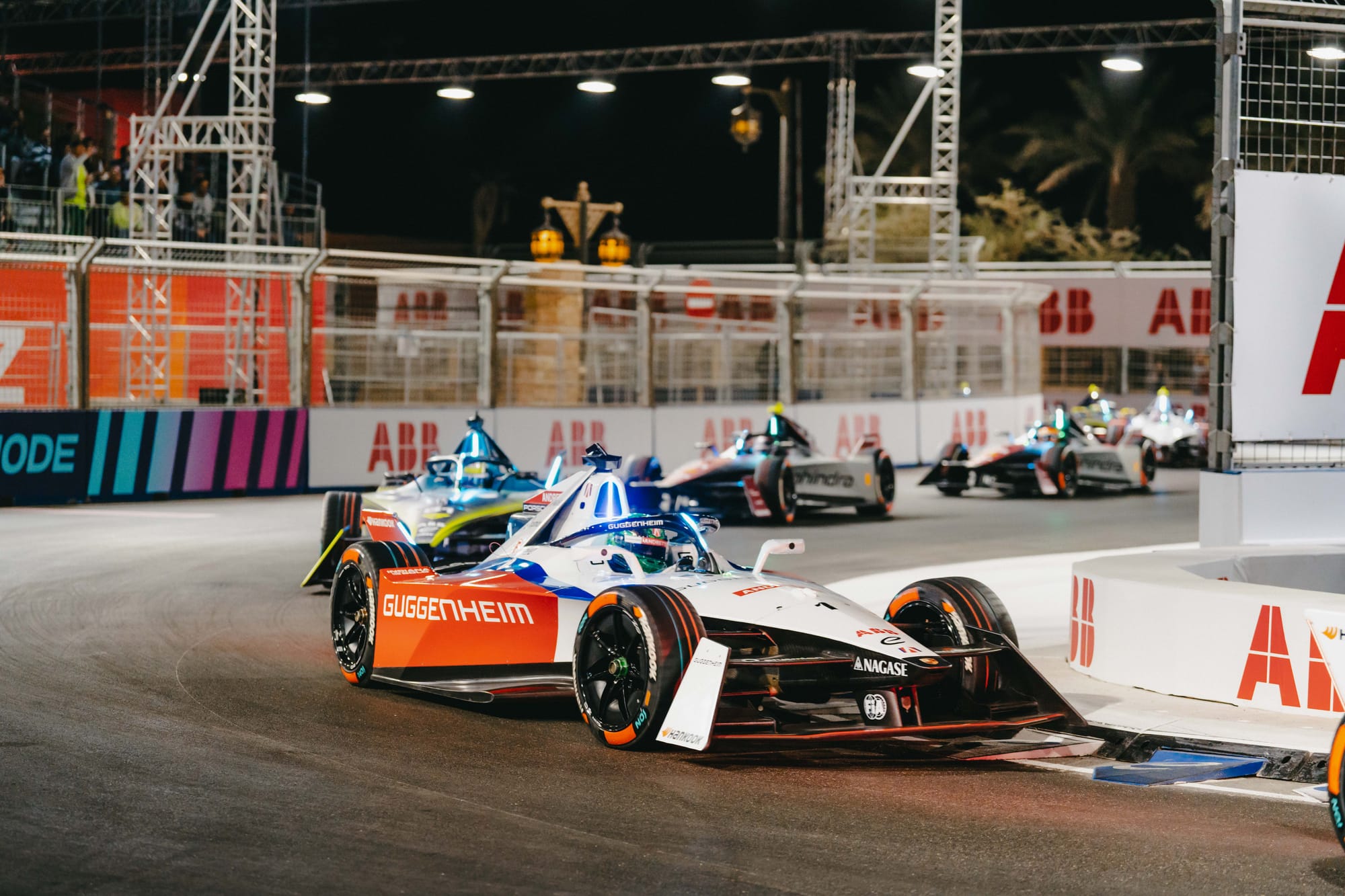
Some preparatory civil engineering works has already occurred in the Big Sight area with the removal of some central reservations on the public road system. This is all part of a staggered plan to major on sustainability of such operations that include some roads that are used by the public.
The ambition for Formula E is to be at the Big Sight long-term and beyond the initial three-year memorandum of understanding that has been signed.
The zero-emission vehicle policy that governor Koike is presiding over has certainly been beneficial for Formula E in getting the race to become a reality and, as McCrudden says, “it's a narrative that makes a lot of sense for both parties, where we're helping support the policy”.
Tokyo is perhaps the closest city on earth to Ridley Scott’s imaginative dystopia in 1982’s Blade Runner film featuring Harrison Ford’s brooding Rick Deckard character and Rutger Hauer’s hammy, bio-engineered humanoid Roy Batty (surely they could have thought of a better dystopian name?).
The film is a mix of dinge and neon, but with an ethereal sensibility. Could Formula E have played on that slightly and have sucked in some of the atmosphere by adding another night race to its cannon alongside Diriyah?
“It was considered but it's expensive to put a night race on,” says McCrudden. “It ups the overall production cost by a number that isn't small but we'll see whether or not that's something that we can do in the future.
“Doing a night race in the Asian region makes a lot of sense because it helps us for the European audience with the time difference and maybe you capture a bit of the US as well.
“It's definitely something in the back of our minds, but we'll see what happens in the first year and then take it from there.”
Japan's longer-term potential
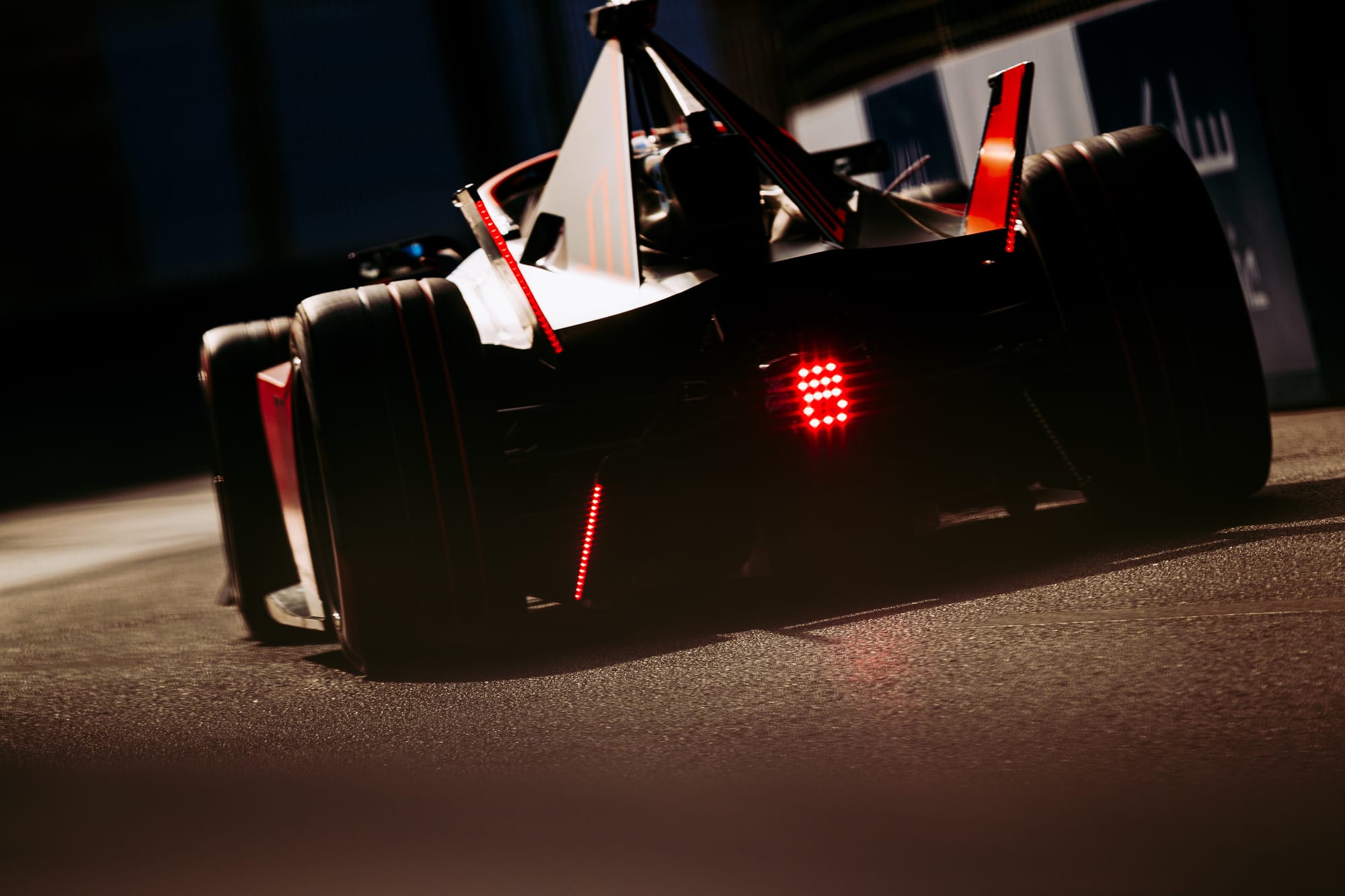
Formula E has a scalability of growth it is working on for the Tokyo E-Prix and it has ambitions to become one of Asia’s biggest sporting events.
The initial crowd figure for the inaugural race is likely to be modest with 8500 grandstand tickets available. But with the government-backed Zero Emissions Vehicle event running concurrent to the E-Prix over 20,000 people are expected to be in and around the circuit.
That scalability after year one has been carefully considered according to McCrudden.
“It's going to be busy; the grandstands are going to be full and there's a public lottery for the tickets,” he says.
“There's been really good responses, very encouraging, and I think we can expand the venue for the next two to three years, grow it year on year and scale it up because we can see that the demand is there in Japan, which is a great sporting nation, especially so for motorsport.”
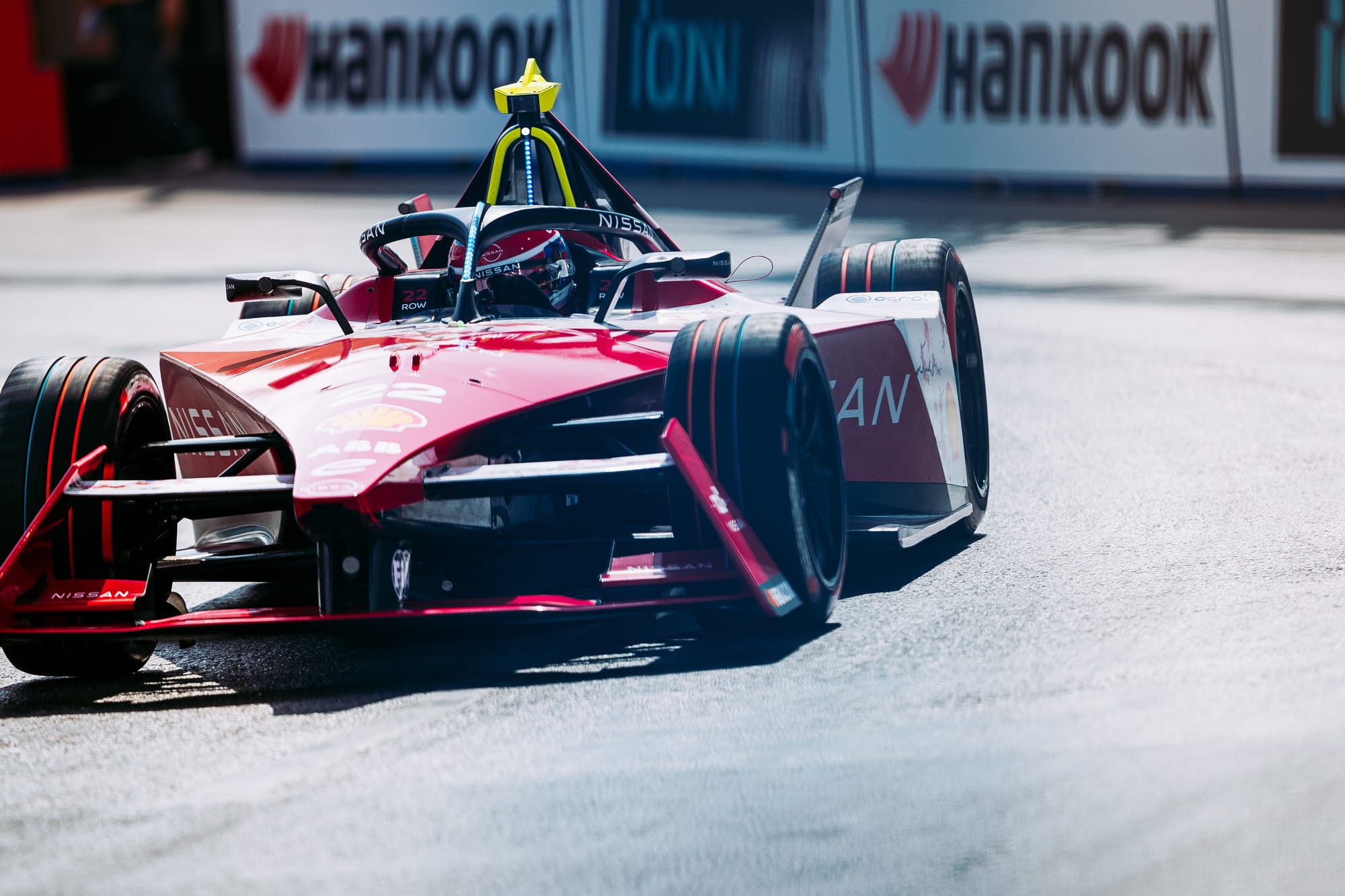
Japan's EV marketplace recorded 88,535* electric vehicles sales in 2023, an increase of almost 50% on 2022. Nissan was the top seller of EVs last year with 54,800 vehicles sold. It is still a small percentage of the new cars purchased but the fact the numbers are going up significantly every year means Formula E and the TMG have perhaps got their timing right for the E-Prix to finally be activated.
The emphasis now will be on the manufacturers, the organisers and the Tokyo public to embrace and exploit possibly the most opportune platform in world motorsport right now.
*Source: Nikkei Asia


